Project guide: How to make complexity look effortless
Master complexity effortlessly with our project guide. Learn strategies to manage intricate tasks, satisfy demanding clients, and achieve remarkable results.
How do we get inspired? How do we inspire others? What is “inspiration” even, really? Dive into this abstract yet common concept, with tips on how to nurture inspiration within yourself and examples on how we use these techniques in showmaking.
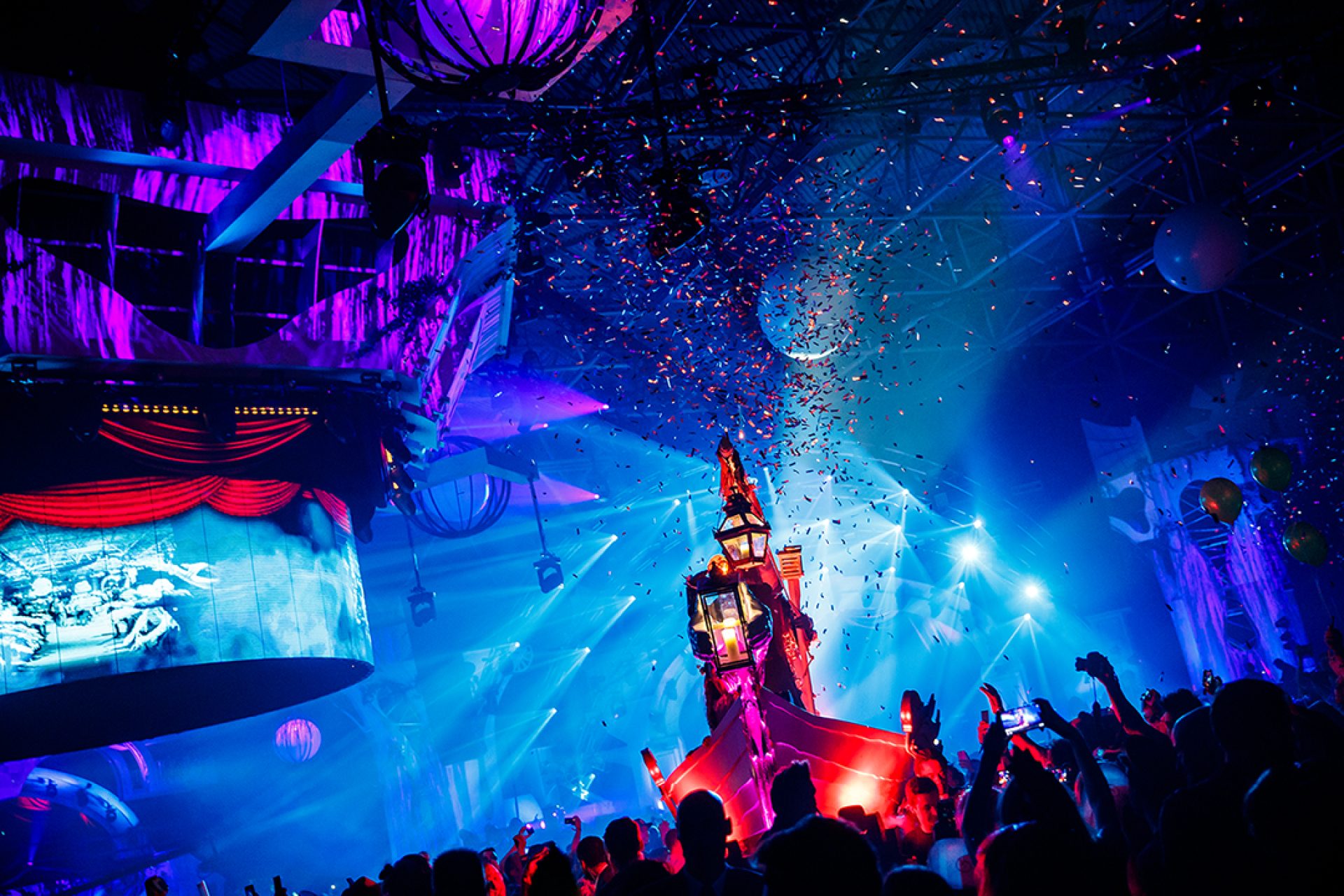
Great ideas don’t arrive in an instant. The very first few you come up with are most often at the top of your mind: the most obvious, “been there, done that a million times” ideas. Those rarely provide any inspiration. The foundations for great concepts lie at a much deeper level, and it always takes a huge amount of time and effort to develop a show that is truly inspiring, yet understandable within seconds. How can we, as creatives, nurture these foundations? How do we get inspired? Better yet, how do we use this knowledge to inspire our audience?
According to the Oxford dictionary, it’s quite simple:
[Inspiration] (noun): the process of being mentally stimulated to do or feel something, especially to do something creative.
This begs the question: How do you get mentally stimulated? Inspiration is technically a fusion of desirability, enthusiasm, and availability. When a desire is deemed valuable, our natural instinct incites the urge to reach this goal. This will actually fine-tune your brain to recognize pieces of information that align with your goal.
This is similar to when you intend to buy a specific car. All of a sudden, everyone around you seems to be driving it. Next, enthusiasm gives our bodies the additional strength and perseverance to dig beyond the obvious top layer of associations. Finally, availability implies that the kindling of inspiration is hidden somewhere within your mind. The latter seems the most difficult to bring about. Exactly this is why I’d like to share three tips for finding the spark to inspire.
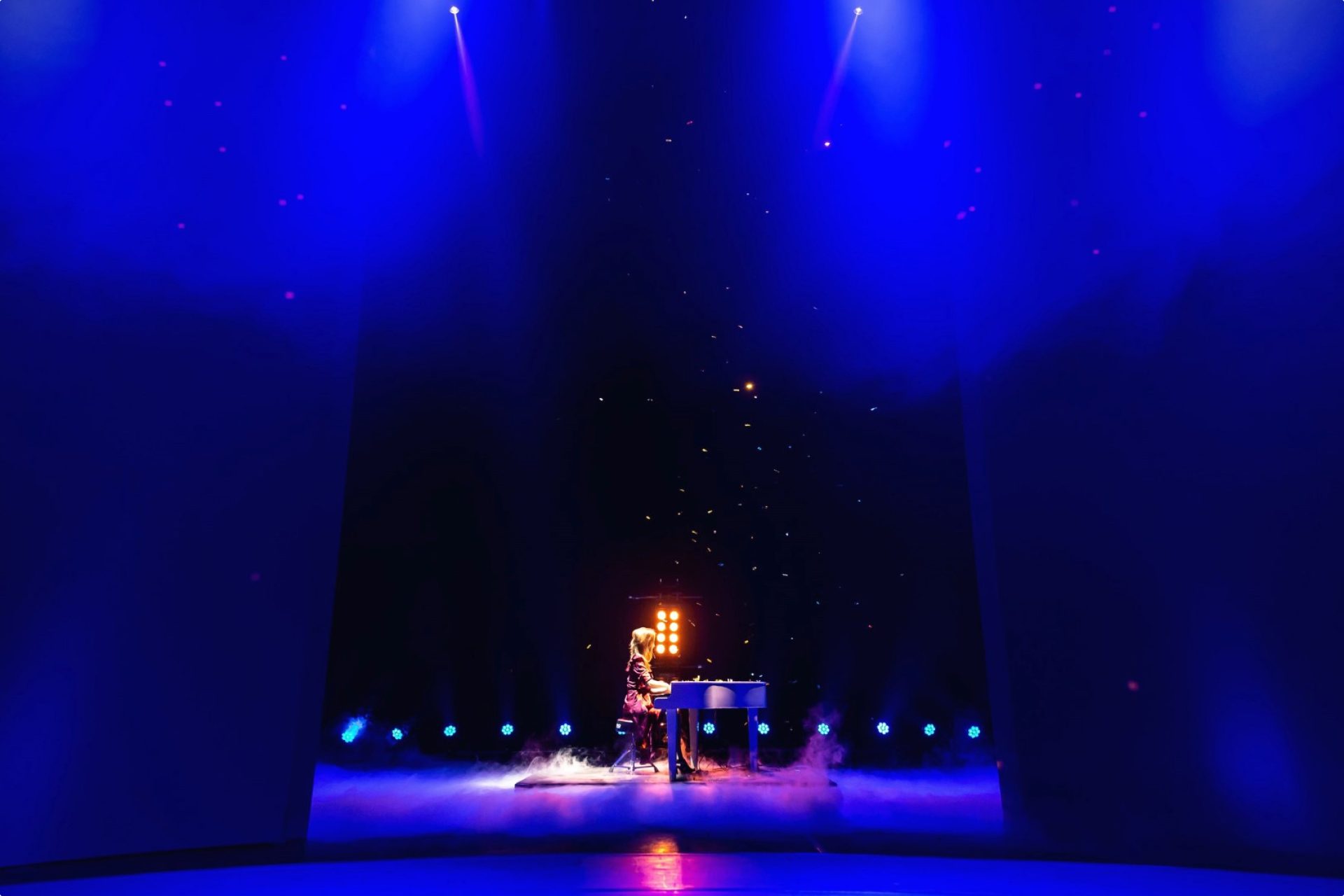
On very rare occasions you get hit by a grand idea, laid-out from top to bottom. Most of the time, inspiration comes in tiny bits and pieces, flashes of gold that quickly dissolve into the mountain of information inside our minds. Unless… we carve them into shape. The first step in finding inspiration is creating the opportunity for inspiration to find you. Does this sound vague? Let me explain.
Make sure the first ideas that pop into your head are allowed to leave. Just as a seed, inspiration is often small and buried under tons of mundane information. The first bunch of ideas you will have, is probably going to be fairly unoriginal. This is no point of failure, but a necessary moment of cleansing. Let’s accept this and move on. A bit later, pieces of ideas will arise, which is where inspirational possibilities arise as well. Good ideas most often come from a collection of smaller ones. This is why brainstorming is more effective with a creative counterpart. Individual ideas come together to form a coherent whole.
“Make sure the first ideas that pop into your head are allowed to leave.”
The history of innovation is full of cases of someone having half of an idea. Take the huge drone-controlled aerial animations of Disney World for example. In 2013, when Disney requested a patent on their aerial animations, the use of drones was new and barely used. A drone is a finished piece of technology already, but in the eyes of Disney World it was only the start of something bigger. The key is to collect lots and lots of pieces of information, no matter if they’re already polished or still in their abstract form. You can create a creative foundation out of anything. This foundation is inspiration.


Ideas need time and space to mature and they spend quite some time simply being a collection of interesting bits and pieces. For a tiny piece to develop into a complete idea, it needs to collide with other pieces. This collision can occur within the mind of a single person, sure. Yet, with the time slot in mind, creating more possibility for collisions is definitely more efficient. Collaboration and co-creation are not only a tool, but a need in this stage.
“Inspiration doesn’t often occur in independence. It is found passing from one individual onto another.”
Having people with different views and/or different interests collaborate, allows for an inspiring environment. There, bits and pieces can mingle, swap and collide into solid ideas. Inspiration doesn’t often occur in independence. As a gust of wind, it is found passing from one individual onto another. The word ‘inspiration’ itself originates from “inspirare”, which is Latin for “to breath into”. One creative’s comment can incite a sense of possibility in another, pushing just enough information out of the way, to reveal that flashing chunk of gold.
When we work on inspiring our audience, merely showing the gold is not enough. As I mentioned before: inspiration is like a seed; it needs to be allowed to grow. Throwing an idea their way doesn’t guarantee that they will pick it up and nurture it. The audience has to figure out the meaning. A way to manage this is to explain an abstract idea in a collection of small and clear pieces. The audience will recognize safety and danger, love and loss, and piece by piece the abstract idea will take form in their minds as it does on stage. Our job is to give them an idea, to guide. Their job is to shape it in a way that suits each individual.
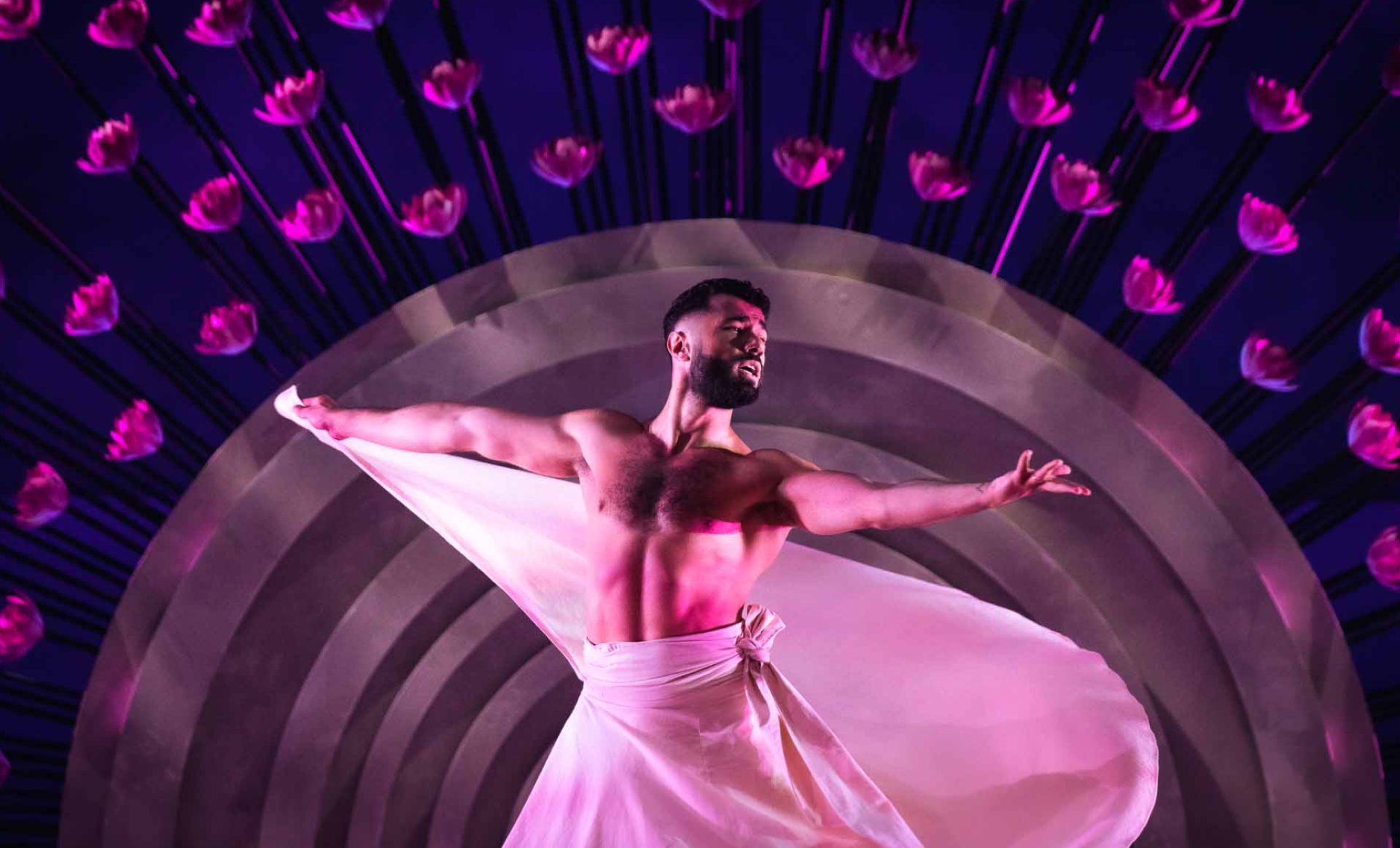
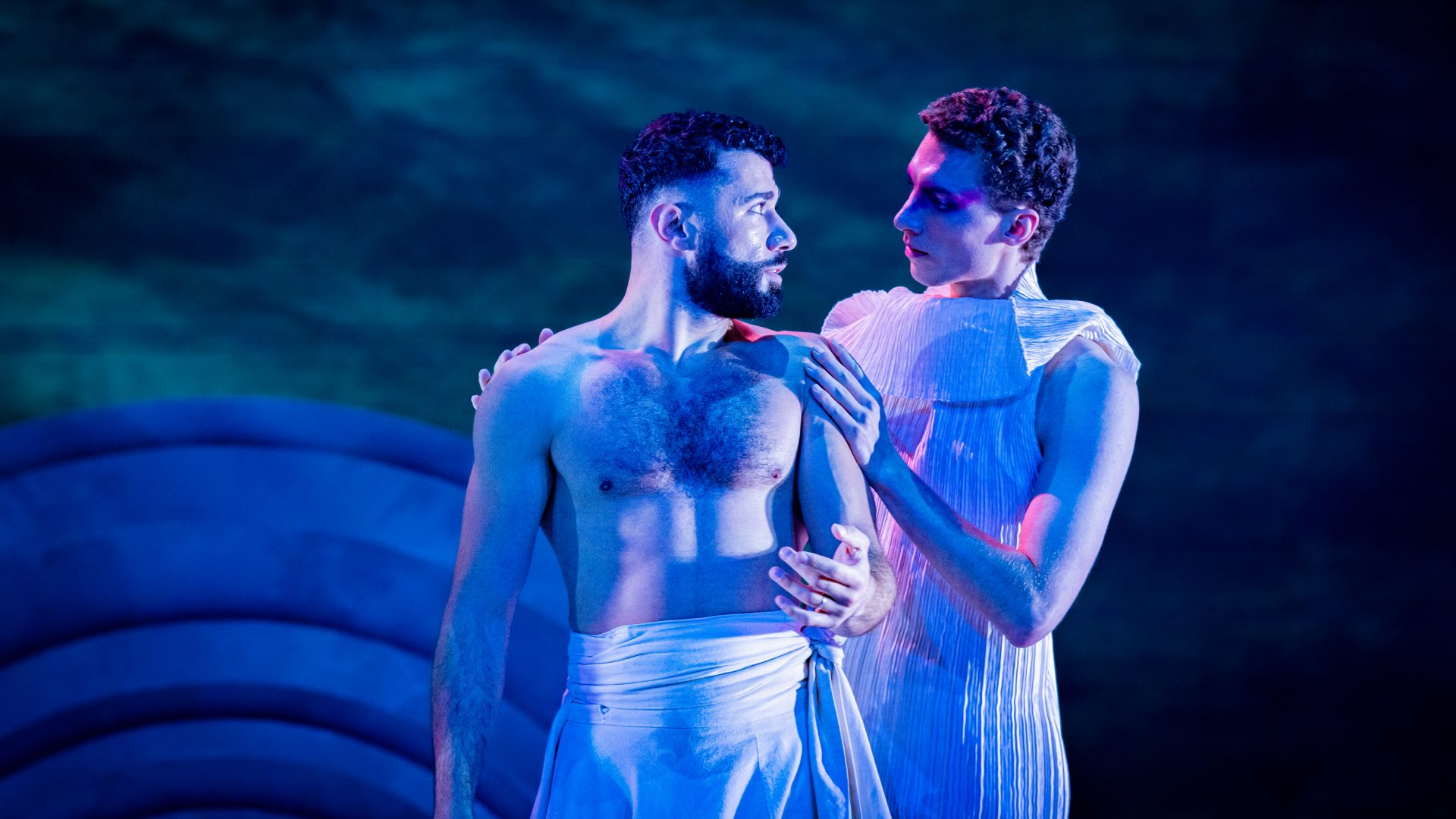
It happens that our minds are buried under mountains of information, with tons of fleetingly flickering bits and pieces. We are sure that that piece of gold is somewhere, but are unable to pin it down. Just as wind, inspiration cannot be contained, but we can feel it and see it when it interacts with other objects. Somewhere, two tiny bits have to collide to give us exactly what we were searching for. Somewhere, they have passed the gate into our mind, but missed each other. Somewhere, but where? This is the moment where we will need to start building bridges to accomplish this collision.
“Neuroscience explains that each chunk of information is processed in separate places in our brain.”
We all consume tons of information on a daily basis. All of this information has the potential of becoming a source of inspiration. However, neuroscience explains that each chunk of information is dissolved into tiny parts, which get processed in separate places in our brain. Colour is processed in one part of our brain, shape in another, movement in a third, and so on.
As I noted before: great ideas are a combination of smaller parts, but these parts need to be allowed to come together. There are different ways to create bridges. Not one creative is the same as another, which makes their preferred method different as well. One that fits me is – you guessed it – music.
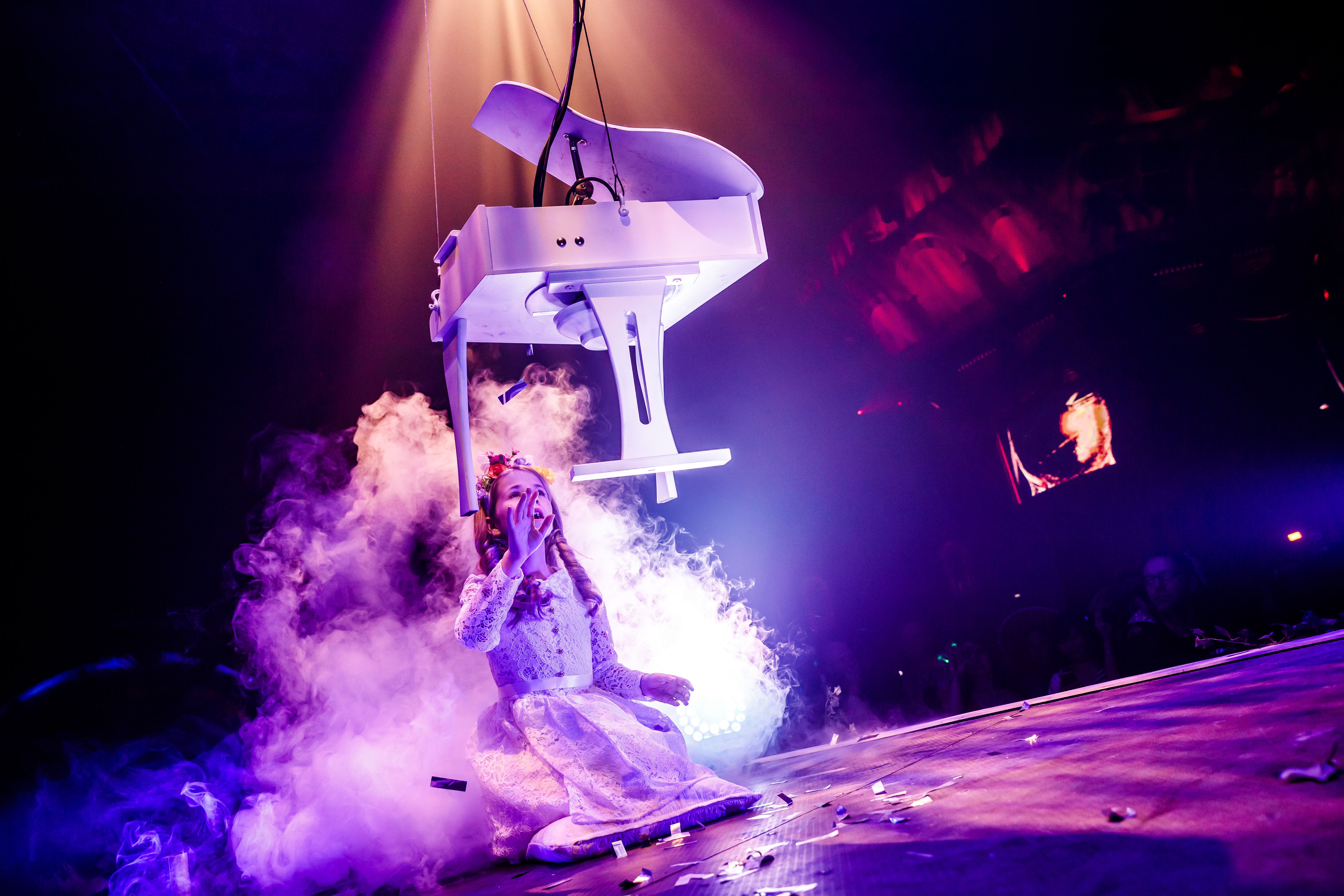

Daniel Levitin, neuroscientist and author of the book This Is Your Brain on Music, calls music “fuel for the brain” and with good cause. Cognitive-neuroscience research has spent many years looking into the effects of music. Roughly 25 years ago, it was believed that music was largely processed in the right side of the brain, characterized by creativity and expression. However, we found out that music doesn’t exclusively stimulate “left” and “right” brain activities. Its effect can be noticed in all parts of the brain. As any other chunk of information, music is also taken apart (pitch, rhythm, loudness). However, the different parts of the brain that receive a piece of that musical information become instantly connected. This makes music an incredibly useful tool for creating bridges.
“What music is better able to do than language, is to represent the complexity of human emotional states.”
Daniel Levetin — neuroscientist and author
At some point in our lives, we have all experienced how one simple song can take you back to a memory. From spatial awareness to movement, from the weather to the exact time of day. All kinds of tiny parts get combined to create this memory. Now, imagine recreating this effect by actively connecting visual cues and the emotional state of excitement. Some of the parts are provided by us, the showmakers, while the audience fills in the gaps with their own experiences and preferences. That flashing gold is now more likely to be nurtured.
In the end, you want your show to leave the audience with the desire to continue. You want them to share their experience, their moment of inspiration. These are our final products, our goals. Most people tend to focus on the goal they are trying to achieve. Some people focus more on how to get there, who to contact and which elements to use. However, inspiration starts even before you have figured out the path from A to B.
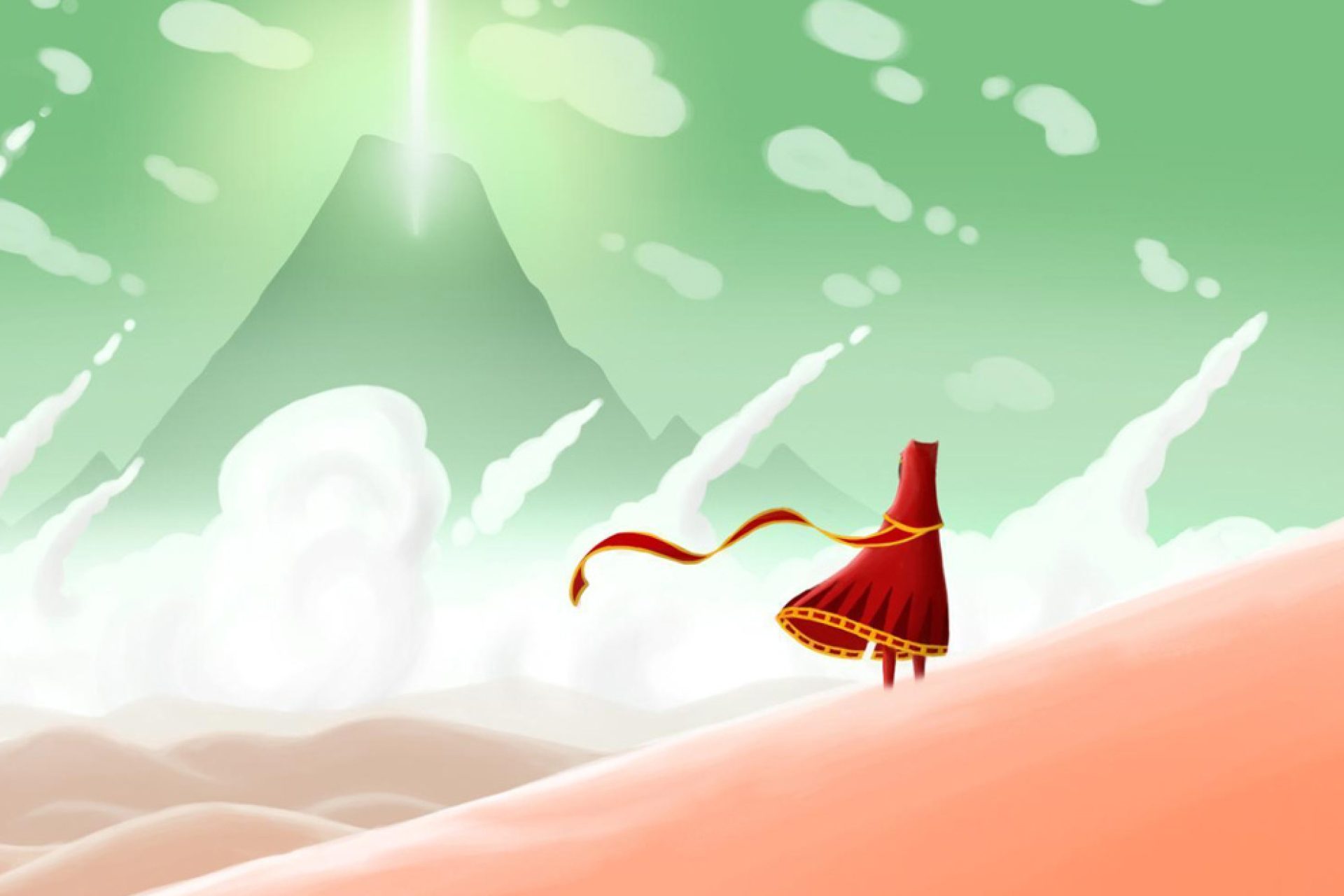
Inspiration starts at the “why”. Why on earth would you feel the urge to build on someone else’s idea? You feel compelled to act when the idea feels like your own. Let me illustrate this with the acclaimed Playstation exclusive Journey. In the game, the main character is on a journey to reach a high mountain looming in the distance. It takes two to three hours in total to complete the game. After finishing it, players have said it has changed their lives. If that isn’t inspiring, I don’t know what is.
“Journey doesn’t purely present a story: it lets its players create their own.”
Throughout the game, the player actively tries to achieve the character’s goal. Yet, throughout the game, it becomes less about the goal itself and more about the emotion connected to the journey. Players want to travel on because they feel a personal connection with the game. This connection is not forged through more traditional cinematics, but solely through game play. This is what gives Journey its strength.
Every sound has its purpose, every movement its underlying meaning, and every pixel has been thought through. Still, the messages aren’t spelled out but remain abstract. Some players say Journey reminds them of their father, others say it reflects their own life, while others view it as the depiction of humanity as a whole. Journey doesn’t purely present a story: it lets its players create their own.

Within a live show, it can be tricky to let the audience actively participate in the execution. However, what we can do, is letting them feel that they are involved. Just as in Journey, the feeling of involvement comes from more than an aesthetically pleasing view. Audiences should feel as if they are in the middle of the story, as if their soul is pulled towards that flashing gold that we are showing.
“Just as every carefully chosen pixel in a game, each live show element fits.”
They should feel inspired to spread the presented idea on their own. Think of literally immersing them in a 3D show: props and visual effects reach far into the area of the audience, performers are in close proximity with the audience. Another, deeper dimension can be added with emotional cues. The music is presented in surround sound, the lights are set in line with the flash of gold, and every other show element alike. Just as every pixel from Journey has been chosen carefully, each live show element fits. Personal desire is set. Now it’s up to your audience to make the idea evolve.
Well… Uhm… I’ll get back to you on that. Of course, we all get stuck once in a while. That is when we should take some time to lose focus and let our mind drift.- Inspiration isn’t gained by force. This is why deadlines or pitches are hard at times. We can only create an ideal mental environment and invite inspiration for a visit.
This article focuses on availability, though desirability and enthusiasm are both equally important when it comes to inspiring audiences. In the end, it is our task, as showmakers, to find a balance between providing enough bits of an idea and allowing our audience to develop it on their own.